Most anyone interested in agriculture (industrial, organic or hobby), the world’s food supply, or nature conservation all agree that one of the biggest obstacles we face in feeding the world’s critters, be they wild, domestic or human, is fertility. I’m talking Mother Nature’s fertility, the ability of the earth to support and sustain life. Sustaining life on this planet is a complex system but at the heart of the system lie soil fertility and pollination.
Now that we’re full time residents on the farm, we want to build a family tradition of recognizing Earth Day by engaging in a project or activity to make a small difference on our tiny corner of the planet. It seemed appropriate for this year’s Earth Day activities that we focus on methods to help improve the fertility of our farm and its complex natural ecosystem. A series of earlier activities and events led to this year’s themes. In March the wife and I attended a Beginning Beekeeping Course from the West Central Ohio Beekeepers Association (WCOBA), and I read Sepp Holzer’s Permaculture: A Practical Guide to Small-Scale, Integrative Farming and Gardening.
During the beekeeping class we were introduced to the basics of beekeeping along with some basic scientific research on the challenges and possible solutions facing our nation’s most underappreciated farm hands. According to the information presented in the course, the number of bee colonies in the state of Ohio has dropped dramatically by over 90% from the peak in the 20th century, with similar decreases across the country. My grandfather lost most of his colonies during the mite infestations that hit late last century. I was also aware of the ongoing Colony Collapse Disorder losses creating a crisis for beekeepers. What surprised me most was the impact this is having on the portions of the agricultural industry that rely on pollinators. It turns out that there aren’t enough bees in the valleys of California to pollinate the almond orchards. There aren’t even enough bees in the state of California to pollinate the almonds. In fact, it takes half of the managed bee colonies in the entire United States to effectively pollinate California’s almonds. The almond industry and beekeepers collaborate to ship bee colonies from all over the country to place in the orchards for the month that the trees are in bloom. While we’re not attempting to save an industry here on our farm, we have noticed that our orchard trees have poor fruit set, our cucumbers are shaped like something from a Pablo Picasso painting, I can’t get a pumpkin vine to set to save my life, and I’ve resorted to hand pollinating some of the wild native fruit trees in the forest. All are indications of insufficient or ineffective pollinators. (My hand pollination efforts are both insufficient and ineffective.)
Our first project was to get homes ready for our pending prolific pollinators. We’ve finished the class, joined the local beekeepers club, read Bee-sentials by Larry Conner, and purchased our equipment. Our mentor in the club loaned us a few swarm traps to attempt to capture any feral swarms that emerge from the neighborhood forests and set us to task getting our equipment prepared for new residents. Yours truly engaged in copious hours of priming and painting boxes, my wife set about building frames and wax foundation (in a cashmere scarf no less, always important to be warm and fashionable) while the kids provided decoration and flair to finished supers.
The second activity involved planning and preparation for a future vineyard. Yes, I have unrealistic dreams of establishing a few plots of vines for wines here on the south facing hills. Rieslings and Pinots will grow in our climate, but the soil on those hills is a long way from having enough fertility to support a vineyard. So I plan to unleash the goats on the invasive honeysuckle, trim what they can’t reach, plant lupine and white clover as a green manure crop. Once the goats have finished their work, I may be able to rotate the ponies and chickens through to add their contributions. Building soil using this method may take several years, but according to Sepp Holzer this builds a natural, healthy, fertile soil that will outperform any chemically doctored plot.
We’re hoping to capture a swarm this spring. If we do, the colony will get to move into a well adorned pollinator palace thanks to my daughters. If our traps aren’t successful, we’ll plan to purchase a few split colonies from one of the mentors in the beekeepers club come June. There will be lots of learning and rookie mistakes trying to get them through the winter, but I’m hopeful we’ll have better fruit set, normal cucumbers and perhaps a pumpkin or two by next summer. In the meantime I’ve got portable goat fence to move, brush to clear and lupine/clover to plant to build some soil while I dream about that future vineyard.
Now that we’re full time residents on the farm, we want to build a family tradition of recognizing Earth Day by engaging in a project or activity to make a small difference on our tiny corner of the planet. It seemed appropriate for this year’s Earth Day activities that we focus on methods to help improve the fertility of our farm and its complex natural ecosystem. A series of earlier activities and events led to this year’s themes. In March the wife and I attended a Beginning Beekeeping Course from the West Central Ohio Beekeepers Association (WCOBA), and I read Sepp Holzer’s Permaculture: A Practical Guide to Small-Scale, Integrative Farming and Gardening.
During the beekeeping class we were introduced to the basics of beekeeping along with some basic scientific research on the challenges and possible solutions facing our nation’s most underappreciated farm hands. According to the information presented in the course, the number of bee colonies in the state of Ohio has dropped dramatically by over 90% from the peak in the 20th century, with similar decreases across the country. My grandfather lost most of his colonies during the mite infestations that hit late last century. I was also aware of the ongoing Colony Collapse Disorder losses creating a crisis for beekeepers. What surprised me most was the impact this is having on the portions of the agricultural industry that rely on pollinators. It turns out that there aren’t enough bees in the valleys of California to pollinate the almond orchards. There aren’t even enough bees in the state of California to pollinate the almonds. In fact, it takes half of the managed bee colonies in the entire United States to effectively pollinate California’s almonds. The almond industry and beekeepers collaborate to ship bee colonies from all over the country to place in the orchards for the month that the trees are in bloom. While we’re not attempting to save an industry here on our farm, we have noticed that our orchard trees have poor fruit set, our cucumbers are shaped like something from a Pablo Picasso painting, I can’t get a pumpkin vine to set to save my life, and I’ve resorted to hand pollinating some of the wild native fruit trees in the forest. All are indications of insufficient or ineffective pollinators. (My hand pollination efforts are both insufficient and ineffective.)
Our first project was to get homes ready for our pending prolific pollinators. We’ve finished the class, joined the local beekeepers club, read Bee-sentials by Larry Conner, and purchased our equipment. Our mentor in the club loaned us a few swarm traps to attempt to capture any feral swarms that emerge from the neighborhood forests and set us to task getting our equipment prepared for new residents. Yours truly engaged in copious hours of priming and painting boxes, my wife set about building frames and wax foundation (in a cashmere scarf no less, always important to be warm and fashionable) while the kids provided decoration and flair to finished supers.
The second activity involved planning and preparation for a future vineyard. Yes, I have unrealistic dreams of establishing a few plots of vines for wines here on the south facing hills. Rieslings and Pinots will grow in our climate, but the soil on those hills is a long way from having enough fertility to support a vineyard. So I plan to unleash the goats on the invasive honeysuckle, trim what they can’t reach, plant lupine and white clover as a green manure crop. Once the goats have finished their work, I may be able to rotate the ponies and chickens through to add their contributions. Building soil using this method may take several years, but according to Sepp Holzer this builds a natural, healthy, fertile soil that will outperform any chemically doctored plot.
We’re hoping to capture a swarm this spring. If we do, the colony will get to move into a well adorned pollinator palace thanks to my daughters. If our traps aren’t successful, we’ll plan to purchase a few split colonies from one of the mentors in the beekeepers club come June. There will be lots of learning and rookie mistakes trying to get them through the winter, but I’m hopeful we’ll have better fruit set, normal cucumbers and perhaps a pumpkin or two by next summer. In the meantime I’ve got portable goat fence to move, brush to clear and lupine/clover to plant to build some soil while I dream about that future vineyard.
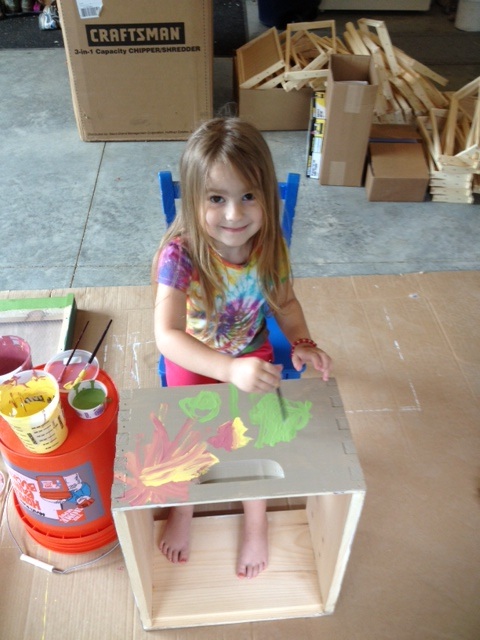
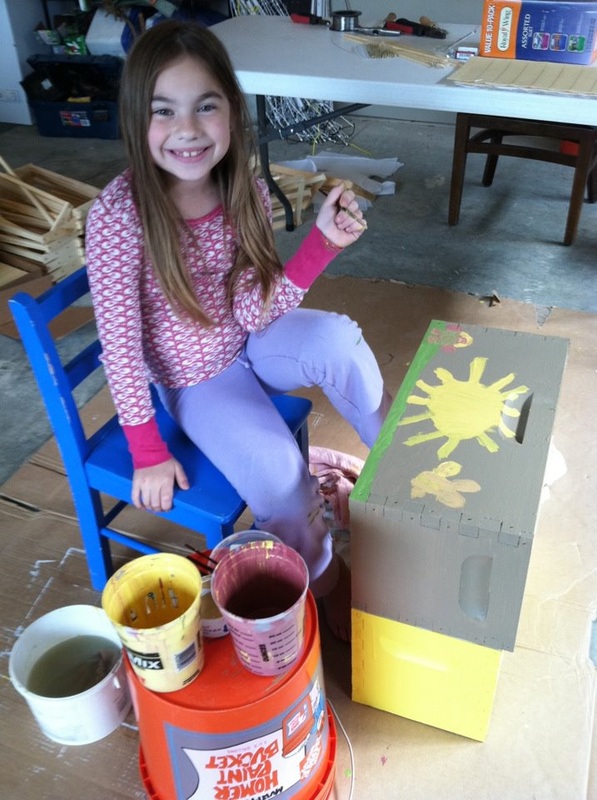
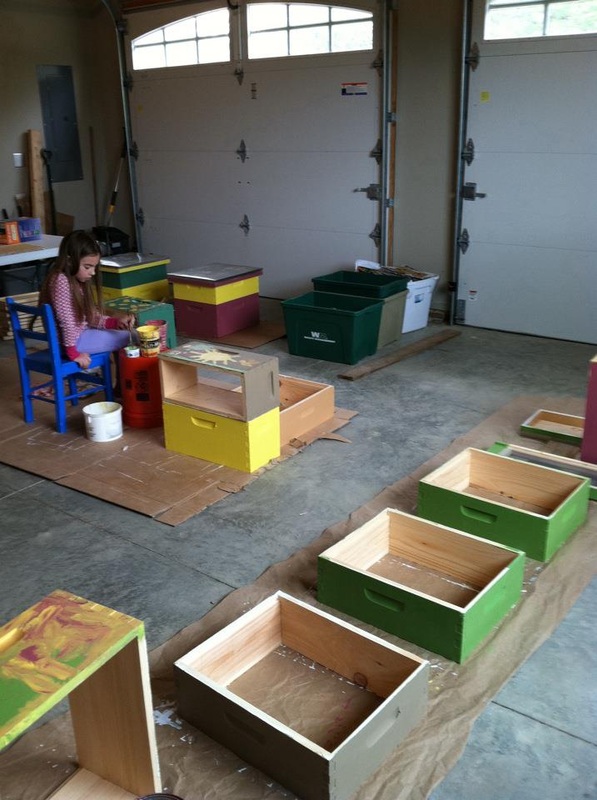
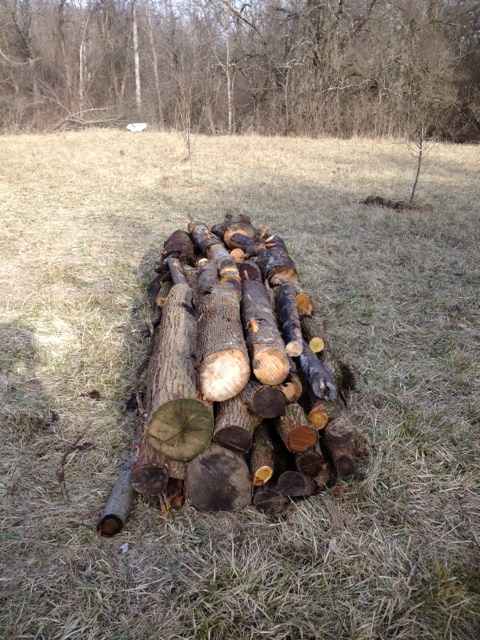
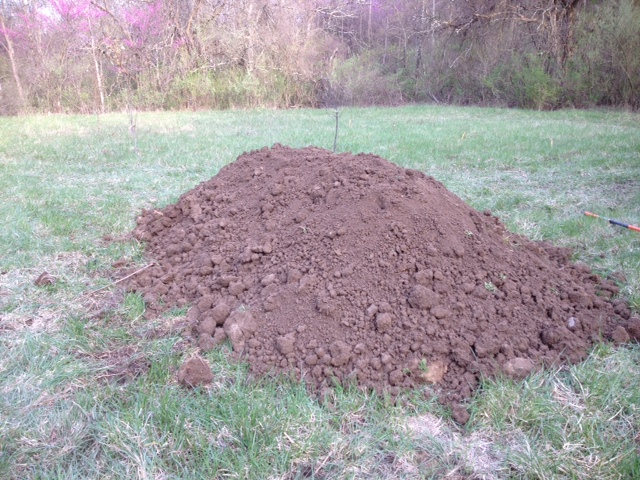
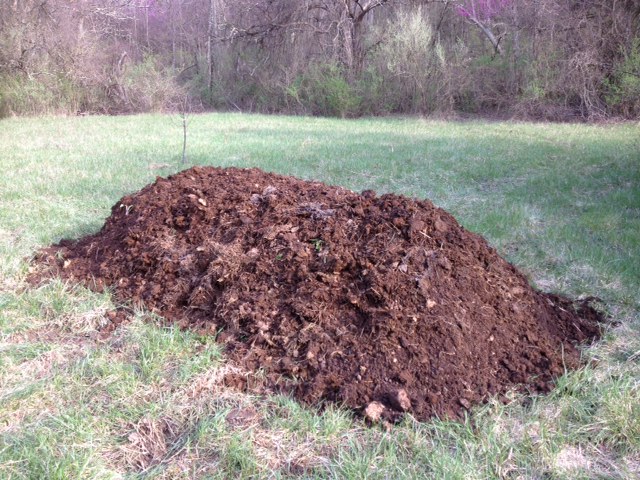
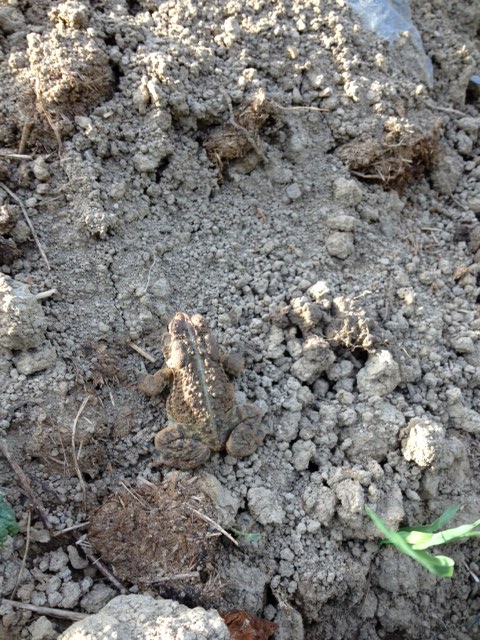
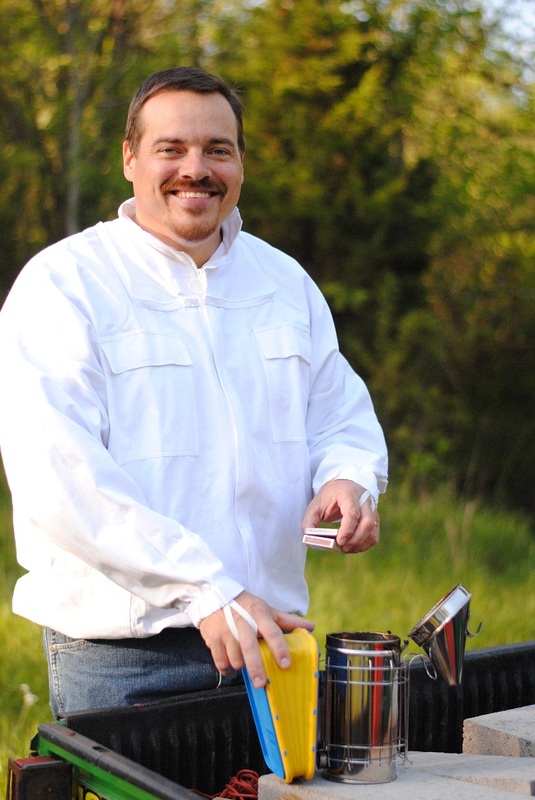
 RSS Feed
RSS Feed